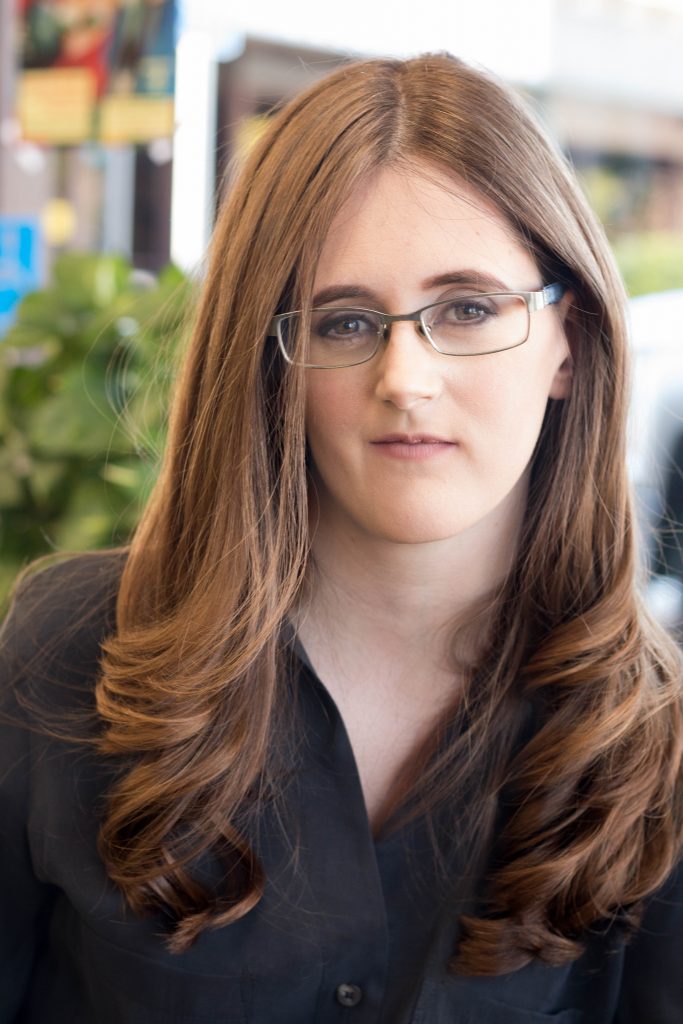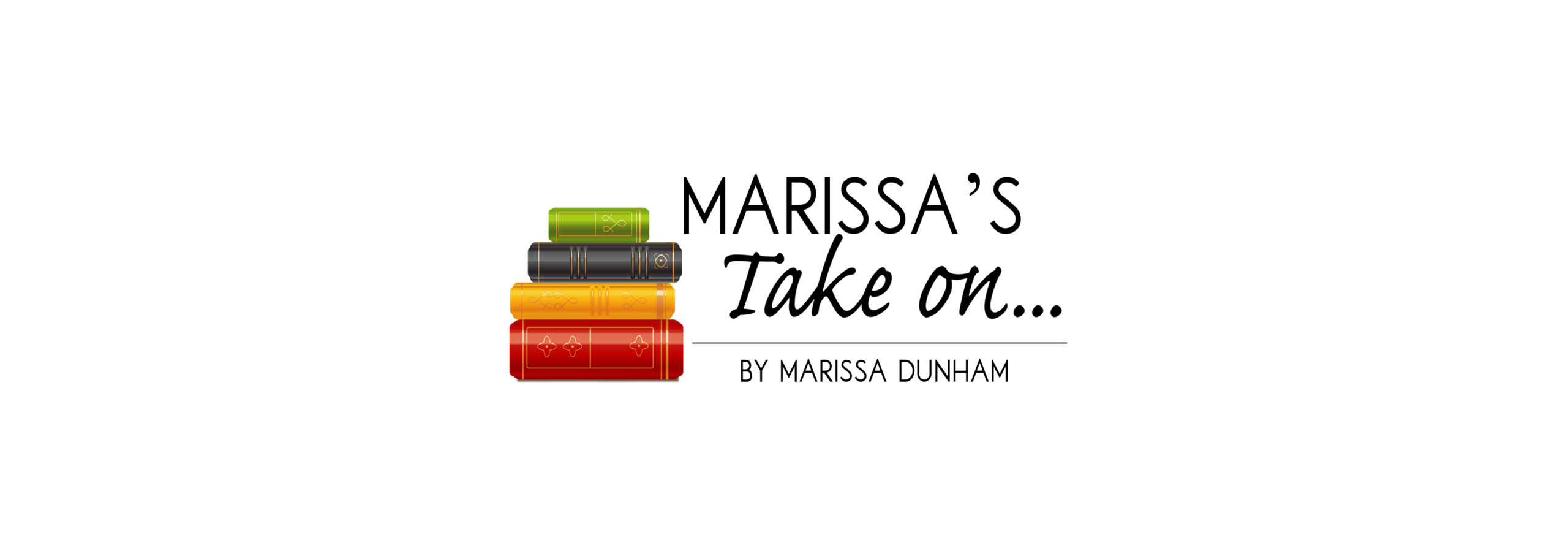By Marissa Dunham //
Playing with craft and history is all about putting in the work!
The craft books today on historical fiction will excite you to dig deeper into the past.
Historical fiction branches into many subgenres. There is the traditional historical fiction, historical romance, alternative history, etc.
What places a book within the label of historical fiction is that it needs to be set in the past. The events also need to contain believable facts, with real people and places. For writers in historical fiction, it’s all about creating that balance between history and fiction.
HISTORICAL FICTION FACTS
The Tiffany Problem – A phenomenon in which readers choose not to believe a proven historical fact in a work of fiction. Coined by science fiction and fantasy author, Jo Walton, this term comes from readers having a hard time believing that Tiffany could be a character in a medieval novel when in fact it was a popular name in England and France in the middle ages!
If you would like to learn more about historical fiction, there are many organizations to check out, such as the Historical Novel Society.
Here are the five!
- Painting the Past: A Guide for Writing Historical Fiction by Meredith Allard
This roughly 166-page book is a good introduction for writers. Allard guides writers through the basic dos and don’ts of historical fiction, including writing exercises called Quick Writes to round out the conversation. If you’re looking for information about whether your book is going in the right direction, and aren’t yet ready for feedback, you might consider picking up this one. - Once Upon a Time It Was Now: The Art and Craft of Writing Historical Fiction by James Alexander Thom
Worldbuilding, research, bringing characters to life from the past: Thom covers it all! The roughly 256-page book teaches writers how to make historical fiction novels relatable to the modern reader through knowledgeable chapters on the topic. The strengths of this book lay in Thom’s comprehensive approach. You will learn how to balance fact and plot, how to research effectively with archives and physical field research, and more. It’s a great book for those looking to hone their craft. - The Art of Time in Fiction: As Long As It Takes by Joan Silber
This book is full of interesting examples of how to manipulate time in story. Silber surveys classic works of literature for how time was used, and organizes them into helpful categories. Great for writers looking to learn how to weave multiple timelines into a story and wanting to explore the use of time in fiction overall. This will be a wonderful resource to look back on often. The book is about 120 pages. - Medieval Underpants and Other Blunders: A Writer’s (and Editor’s) Guide to Keeping Historical Fiction Free of Common Anachronisms, Errors, and Myths 3rd Edition by Susanne Alleyn
Not taking itself too seriously, this craft book does all the wonders of telling you what not to do in historical fiction. The book is chock-full of helpful information. And not just for medievalists. This book covers eras from as late as the 1990s to the early medieval period. Alleyn gives writers, new and professional, a good sense of how to write about the past. The book is about 230 pages and full of humor. - Making It in Historical Fiction by Libbie Hawker
This book delves into the big picture of writing a historical fiction novel. Here you will get hands-on knowledge on marketing strategies, outlining, research, reader profiles, and industry standards. The book is available in a Kindle version only. The book’s focus is on commercial appeal.
Marissa’s Take Practice Exercise: Practicing with the Past
A way to make scenes come to life in the past is by filling them with objects and sensory details from that time period. Find an old photo or painting online and list all of the objects you see in that image. Write a description sentence for each object. Use the five senses.
Resources for old photos and paintings: getty.edu, bowers.org, huntington.org.
Next time we’ll review craft books for science fiction.

MARISSA DUNHAM is a writer and freelance editor. She spent the early part of her career in educational publishing, but now spends most of her time editing literary fiction, magical realism, and middle grade fiction. She lives in Southern California, where she enjoys bringing new life into the world by planting tomatoes and flowers in the garden.

